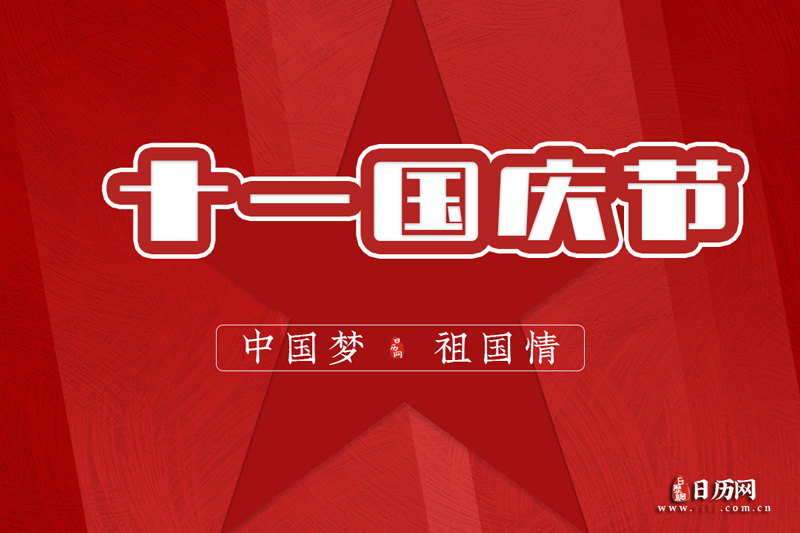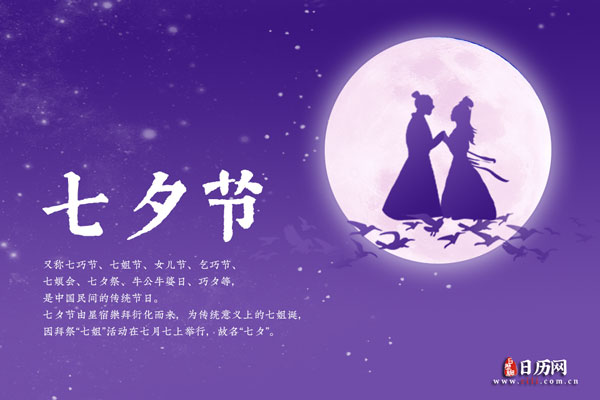38妇女节的来历英文介绍
妇女节的英语
妇女节的英语拼写为:International Women's Day
国际妇女节来历英文版
1869年,约翰·密尔(John Stuart Mill)是第一个在国会上提出妇女应该有选举的权利。1893年9月13号,新西兰成为世界上第一个妇女拥有表决权的国家。很长一段时间里,其他很多国家的妇女们并不能够享受到这种公平和参加选举的权利。
In 1869 British MP John Stuart Mill was the first person in Parliament to call for women’s right to vote。 On 19 September 1893 New Zealand became the first country in the world to give women the right to vote。 Women in other countries did not enjoy this equality and campaigned for justice for many years。
1910年,第二次关于劳动妇女的国际会议在哥本哈根举行。一位名叫克拉拉·蔡特金(Clara Zetkin)(德国的社会民族党妇女办公室主席)的妇女提交了关于国际妇女节的议案。她提议,每个国家每年都应该在某一天来庆祝妇女的节日,以便表达她们的要求。参加会议的100多名妇女来自世界17个国家,她们有来自工会的,社会政党的,妇女俱乐部的,包括3名芬兰议会选举的女性,以一致通过的方式产生了国际妇女节。
In 1910 a second International Conference of Working Women was held in Copenhagen。 A woman named Clara Zetkin (Leader of the ‘Women's Office’ for the Social Democratic Party in Germany) tabled the idea of an International Women’s Day。 She proposed that every year in every country there should be a celebration on the same day - a Women’s Day - to press for their demands。 The conference of over 100 women from 17 countries, representing unions, socialist parties, working women’s clubs, and including the first three women elected to the Finnish parliament, greeted Zetkin’s suggestion with unanimous approval and thus International Women’s Day was the result。
International Women's Day (8 March) is an occasion marked by women's groups around the world。 This date is also commemorated at the United Nations and is designated in many countries as a national holiday。 When women on all continents, often divided by national boundaries and by ethnic, linguistic, cultural, economic and political differences, come together to celebrate their Day, they can look back to a tradition that represents at least nine decades of struggle for equality, justice, peace and development。
International Women's Day is the story of ordinary women as makers of history; it is rooted in the centuries-old struggle of women to participate in society on an equal footing with men。 In ancient Greece, Lysistrata initiated a sexual strike against men in order to end war; during the French Revolution, Parisian women calling for "liberty, equality, fraternity" marched on Versailles to demand women's suffrage。
The idea of an International Women's Day first arose at the turn of the century, which in the industrialized world was a period of expansion and turbulence, booming population growth and radical ideologies。 Following is a brief chronology of the most important events:
1909
In accordance with a declaration by the Socialist Party of America, the first National Woman's Day was observed across the United States on 28 February。 Women continued to celebrate it on the last Sunday of that month through 1913.
1910
The Socialist International, meeting in Copenhagen, established a Women's Day, international in character, to honour the movement for women's rights and to assist in achieving universal suffrage for women。 The proposal was greeted with unanimous approval by the conference of over 100 women from 17 countries, which included the first three women elected to the Finnish parliament。 No fixed date was selected for the observance。
1911
As a result of the decision taken at Copenhagen the previous year, International Women's Day was marked for the first time (19 March) in Austria, Denmark, Germany and Switzerland, where more than one million women and men attended rallies。 In addition to the right to vote and to hold public office, they demanded the right to work, to vocational training and to an end to discrimination on the job。
Less than a week later, on 25 March, the tragic Triangle Fire in New York City took the lives of more than 140 working girls, most of them Italian and Jewish immigrants。 This event had a significant impact on labour legislation in the United States, and the working conditions leading up to the disaster were invoked during subsequent observances of International Women's Day。
1913-1914
As part of the peace movement brewing on the eve of World War I, Russian women observed their first International Women's Day on the last Sunday in February 1913. Elsewhere in Europe, on or around 8 March of the following year, women held rallies either to protest the war or to express solidarity with their sisters。
1917
With 2 million Russian soldiers dead in the war, Russian women again chose the last Sunday in February to strike for "bread and peace"。 Political leaders opposed the timing of the strike, but the women went on anyway。 The rest is history: Four days later the Czar was forced to abdicate and the provisional Government granted women the right to vote。 That historic Sunday fell on 23 February on the Julian calendar then in use in Russia, but on 8 March on the Gregorian calendar in use elsewhere。
Since those early years, International Women's Day has assumed a new global dimension for women in developed and developing countries alike。 The growing international women's movement, which has been strengthened by four global United Nations women's conferences, has helped make the commemoration a rallying point for coordinated efforts to demand women's rights and participation in the political and economic process。 Increasingly, International Women's Day is a time to reflect on progress made, to call for change and to celebrate acts of courage and determination by ordinary women who have played an extraordinary role in the history of women's rights。
The Role of the United Nations
Few causes promoted by the United Nations have generated more intense and widespread support than the campaign to promote and protect the equal rights of women。 The Charter of the United Nations, signed in San Francisco in 1945, was the first international agreement to proclaim gender equality as a fundamental human right。 Since then, the Organization has helped create a historic legacy of internationally agreed strategies, standards, programmes and goals to advance the status of women worldwide。
Over the years, United Nations action for the advancement of women has taken four clear directions: promotion of legal measures; mobilization of public opinion and international action; training and research, including the compilation of gender desegregated statistics; and direct assistance to disadvantaged groups。 Today a central organizing principle of the work of the United Nations is that no enduring solution to society's most threatening social, economic and political problems can be found without the full participation, and the full empowerment, of the world's women。














